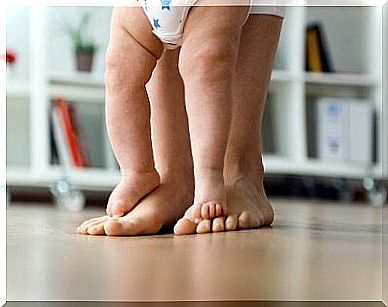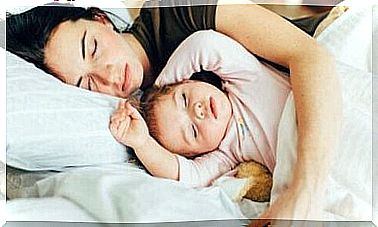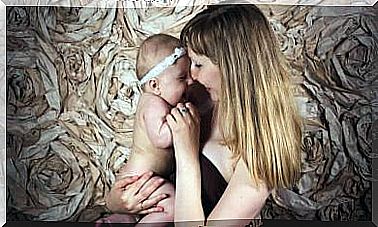3 Running Exercises For Babies

In order for these baby running exercises to effectively teach your child to walk, it is important that they are comfortable. If your child doesn’t want to do these exercises, then you shouldn’t force them to either.
In order for your baby to participate in these exercises, they should be fun, but also have a learning effect at the same time.
So, if your child cries every time you put them on the floor to teach them to walk, look for an alternative or use something that piques their curiosity.
One of these three baby running exercises that we are going to show you here on “I Am Mom” could prove to be very effective in teaching your child to walk.
So we recommend that you look at all of these exercises and consider whether you want to use them.
Step by step
Babies develop their psychomotor skills from their first step. They strengthen their muscles and learn how to coordinate their movements.
The first adventures a baby has will help them learn many skills.
Slowly but steadily, the child will turn his head, turn around in the cradle, sit down, stand up and later even run. It will learn all of this at its own pace – nevertheless, the mother’s efforts are very important.
Every time a baby reaches a new level, he or she will have to master them first in order to feel completely safe and comfortable before they can concern themselves with reaching their next goal.
For example, in order to get up, they will first have to learn to sit; in order to walk it must first learn how to stand and so on and so forth.
Three running exercises for babies
When your pediatrician tells you that the child’s muscles and spine are ready, and physically advanced enough to tackle this major task, then it’s time to help them take their first steps.
Remember that you can actively help your child achieve this goal. Also, keep in mind that if the child feels safe, things will go much faster and better.
It is very important that you make sure that the child’s feet are comfortable. You can either put them on comfortable shoes with soft soles or let them walk barefoot – whichever they prefer.
Running Exercises for Babies – The first exercise
Position your child in front of you. Make it balance on the floor by holding its hands.
Next you count: one, two. As you count, use the tips of your toes to gently push your baby’s feet forward.
Thus, the number one means that the child is putting their weight on their right foot and the number two means that they are putting their weight on their left foot.
You can do this exercise until your child is tired.
Although the baby won’t understand what the numbers mean or what you’re actually doing, this baby running exercise will help him get used to the movements of running.
Walking upright through the house will also be an exciting experience for the child, which they will surely want to repeat.

The second exercise
Place your baby on the floor and let him hold onto a piece of furniture or something similar. Pick up his pacifier, favorite toy, or anything else that you know will get his attention. Put it near your baby, but far enough away that they cannot reach them simply by stretching out their arms.
Motivate your baby to take the object. Laugh at it and clap your hands to stimulate it even more. You will find that the baby starts laughing happily.
After a few seconds, after assessing the distance between itself and the object, it should take a few steps to achieve its goal.
When the child reaches the object, reward them with kind words. Show him that it made you happy and repeat the process with another object.

The third exercise
Put the child in a playpen. Take a toy that catches their attention and place it on the other end of the playpen.
Motivate your child to reach for the toy. In the beginning, the child may try to reach the toy by walking along the edge of the playpen and holding onto the grille. However, as soon as he becomes more confident, you can show him the shortest route to reach his toy.
To do this, your baby must let go of the gate and walk free while trying to get to the other side of the playpen to reach their toys.









